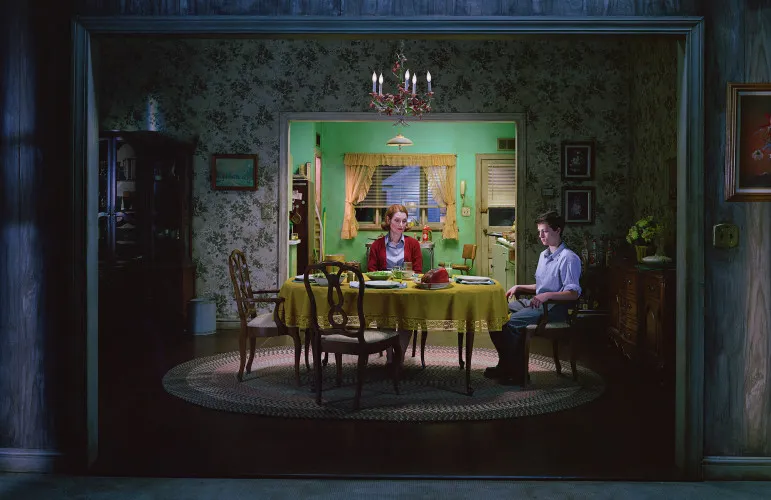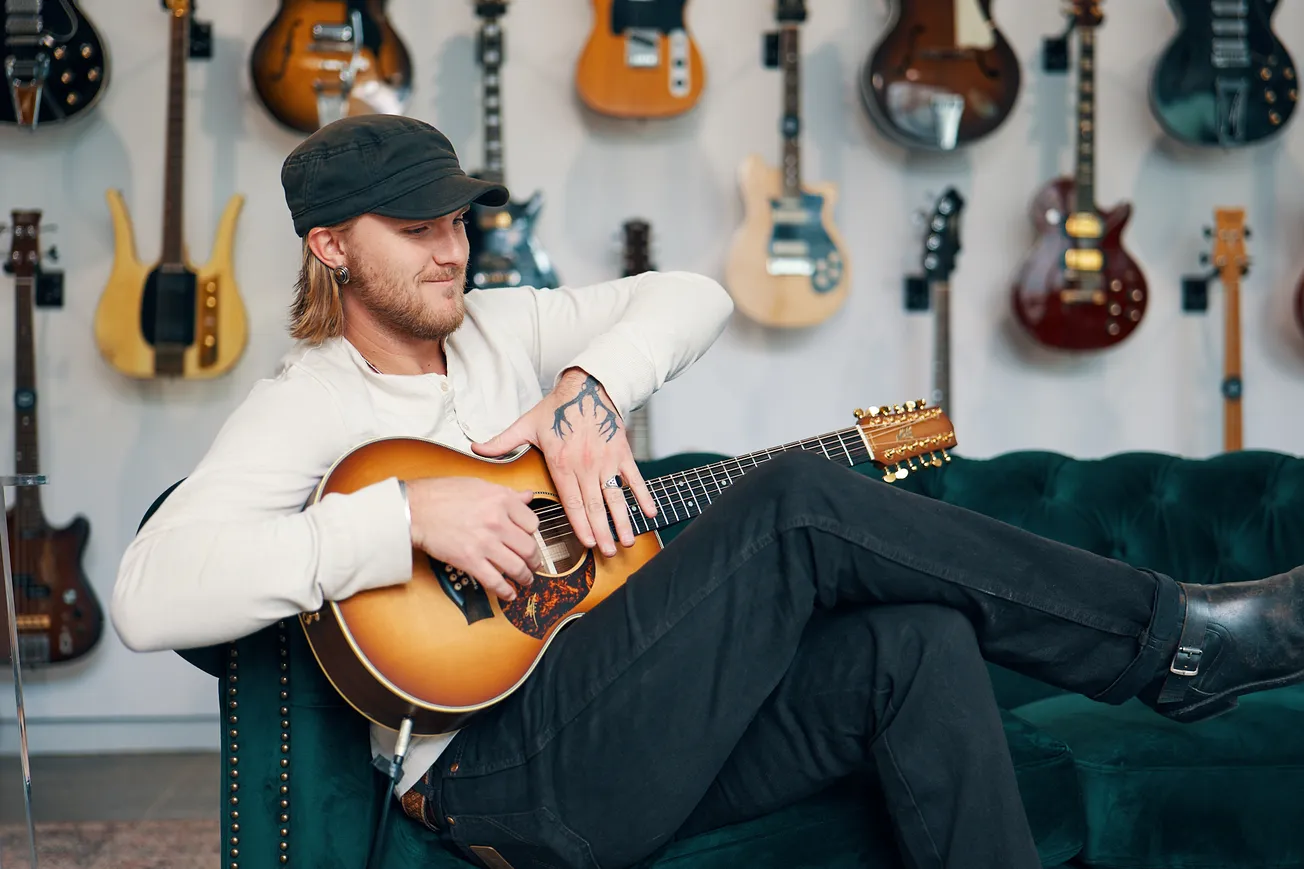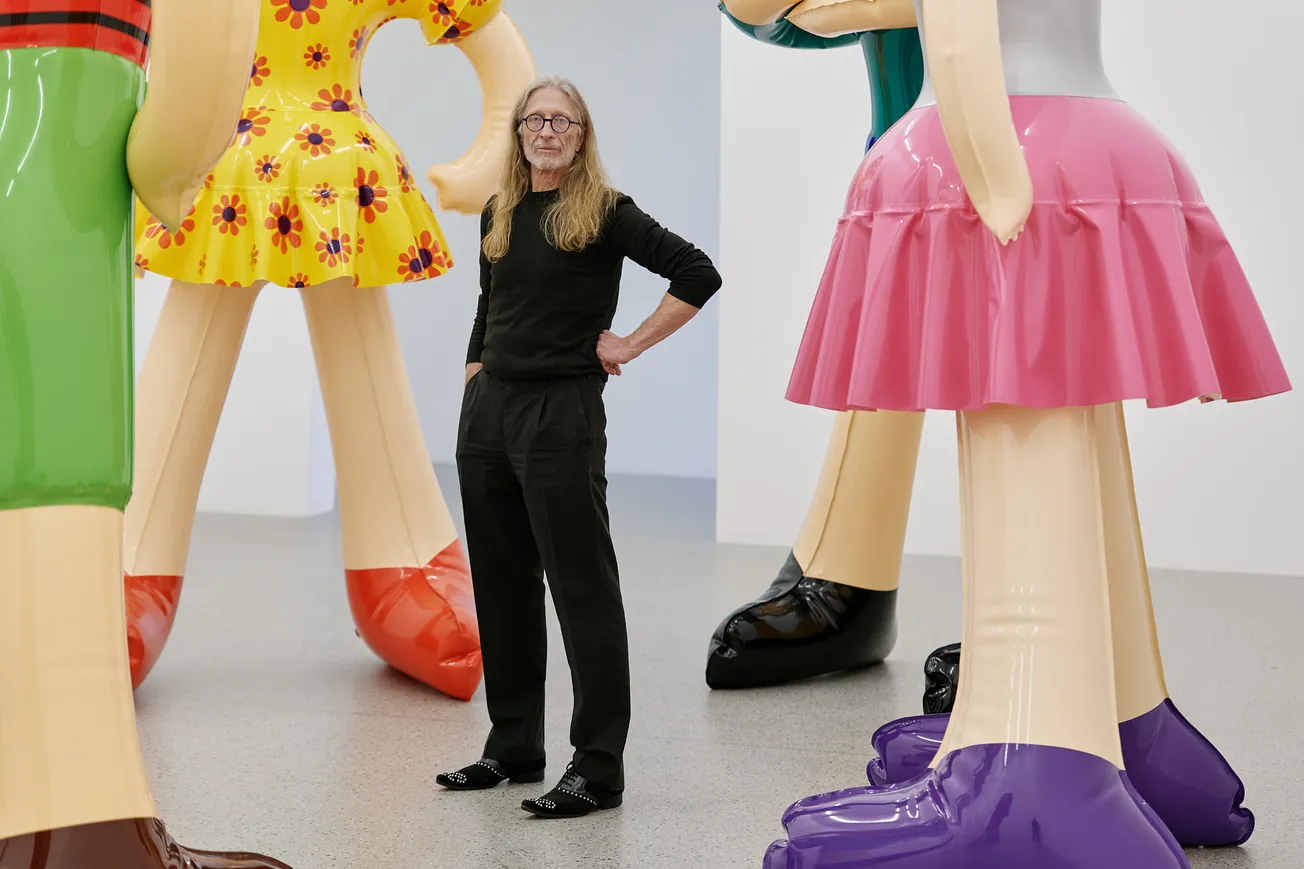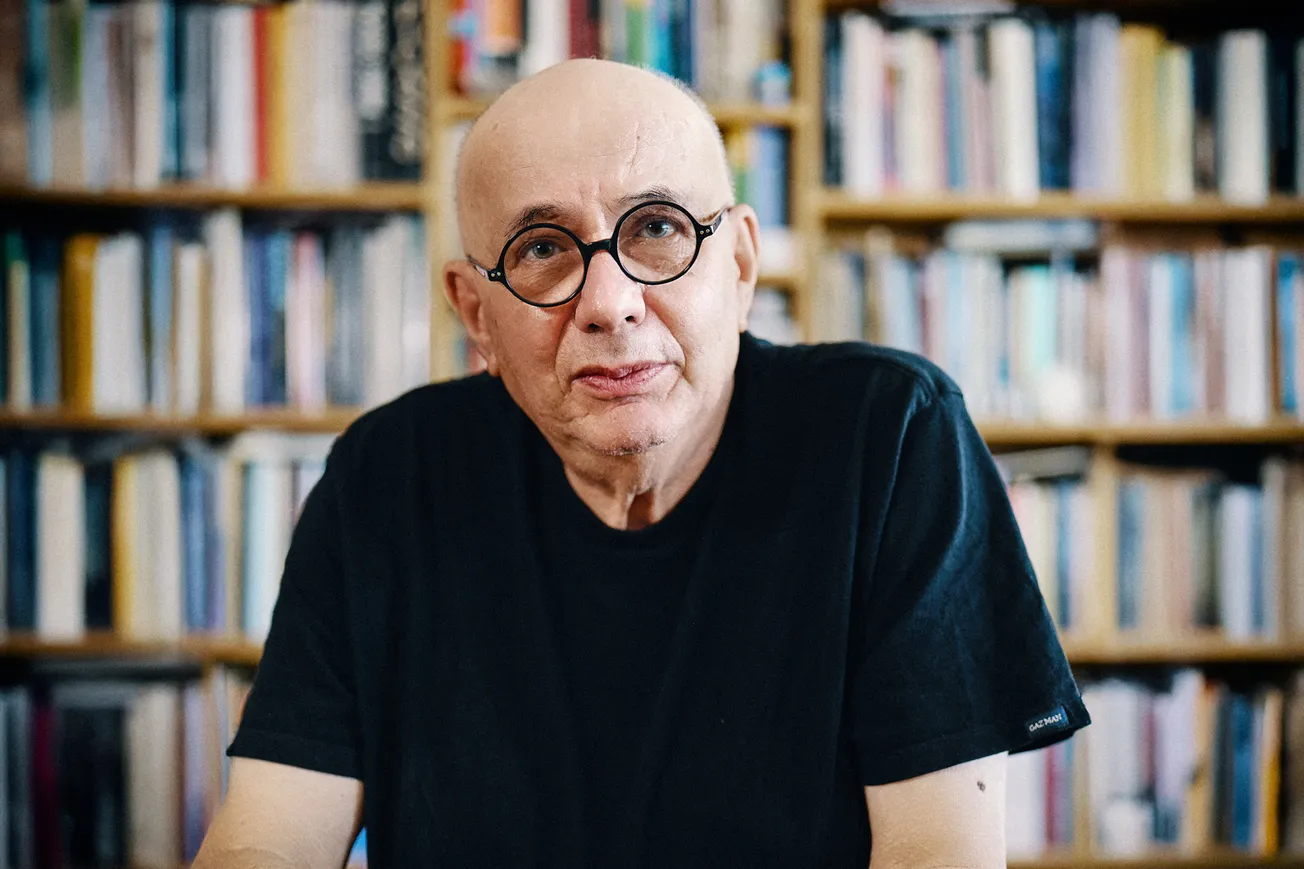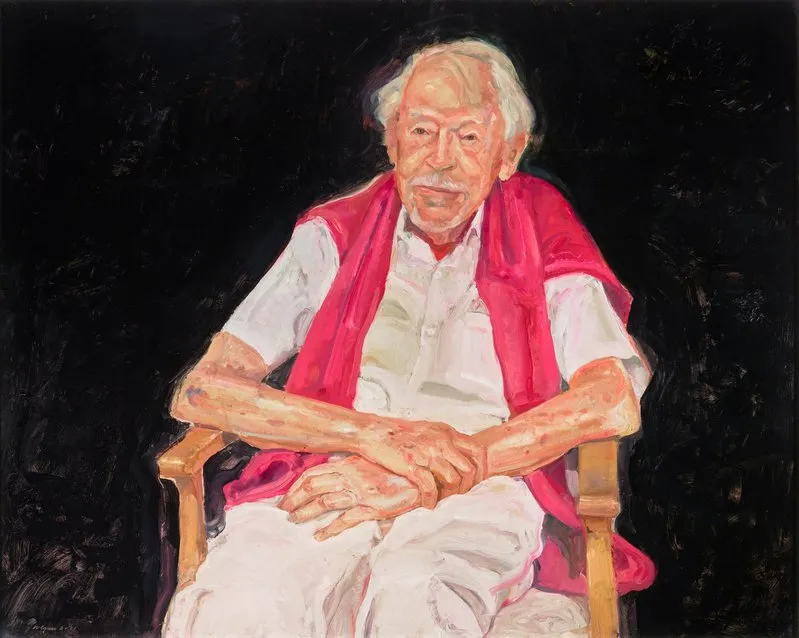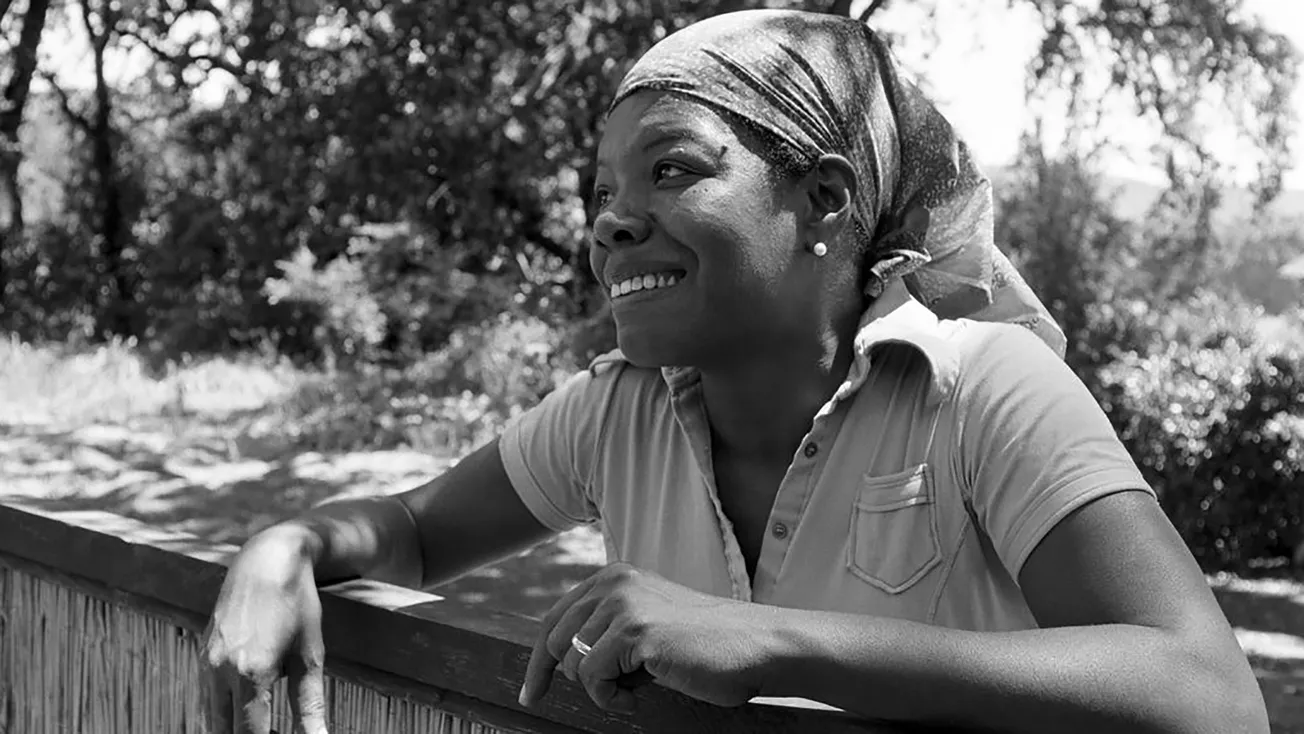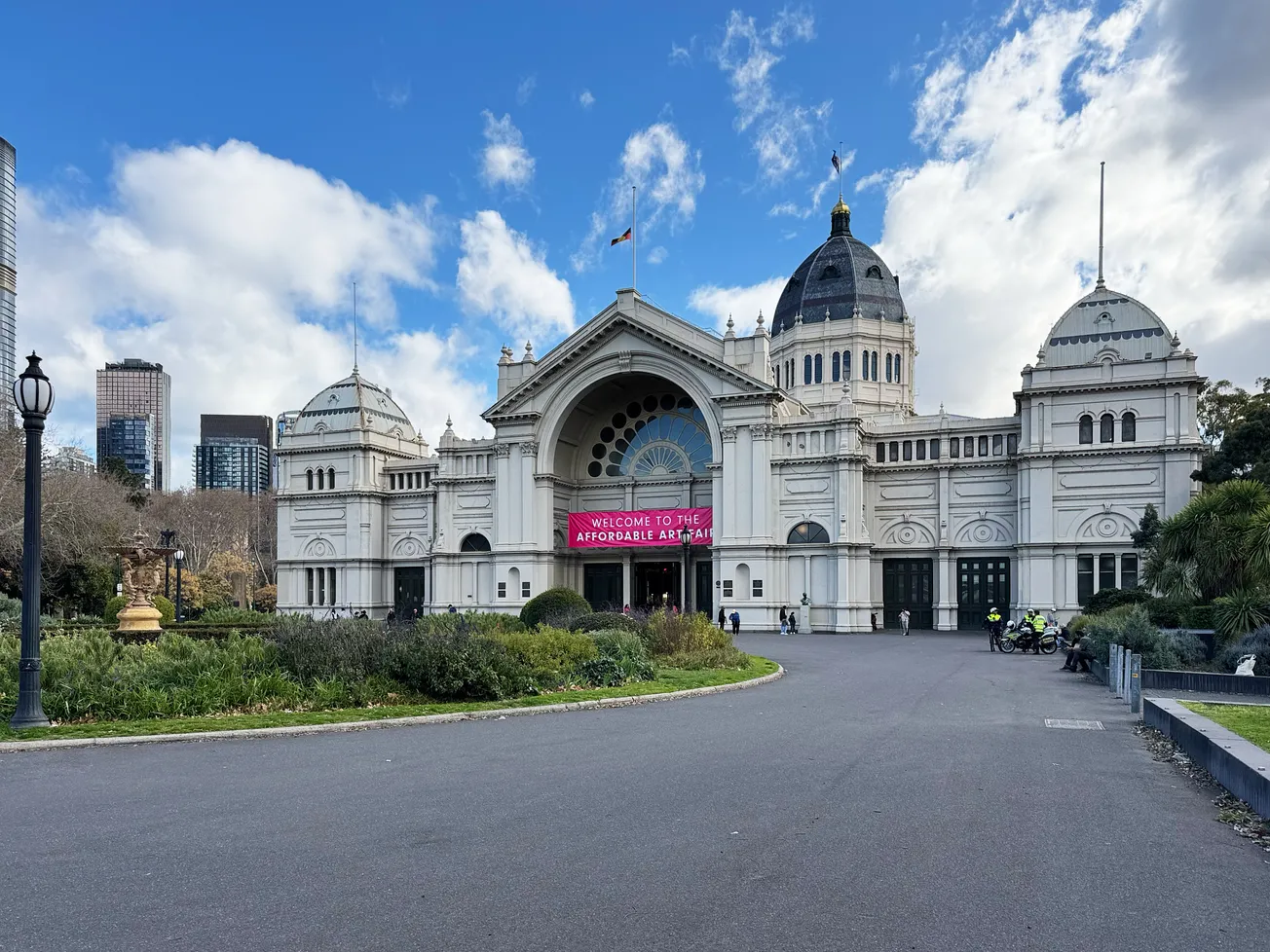Table of Contents
Exploring the world of staged photography
There is a quiet intensity to staged photography. It resists the fleeting nature of documentary work and replaces it with something more deliberate. Each image is built with a purpose. Every shadow, gesture, and object carries weight. This is not photography that observes. This is photography that imagines.
Artists like Gregory Crewdson, Jeff Wall, and Ryan Schude have shaped this form into something expansive. Their work burrows from cinema, theatre, and painting. The result is a photograph that feels suspended in time. It is filled with narrative suggestions but never fully explained.
What defines staged photography?
At its core, staged photography is the construction of a moment. It begins with an idea and unfolds through planning, collaboration, and attention to detail. The artist controls the scene rather than waiting for it to appear. Props are sourced, sets are built, actors or models are directed, and lighting is carefully crafted.
It often shares qualities with cinematic photography. The language of film, such as mise-en-scène, framing, lighting, and atmosphere, is applied to a single still image. But while the film moves forward, staged photography lingers. It holds its breath. It offers viewers a space to slow down and look closely.
Artists who shape the form
Gregory Crewdson: Stillness and suburban drama
Gregory Crewdson is perhaps the most recognised name in this genre. Born in 1962, he has devoted his career to building large-scale images that feel like stills from a film we have not yet seen. His work is known for its technical precision and psychological depth.
Series like Beneath the Roses, Twilight, and In a Lonely Place are rich with tension and mystery. These images often depict American suburbia: quiet streets, melancholic interiors, and figures lost in thought. They are produced on the scale of a film set, involving lighting crews, production teams, and detailed choreography.
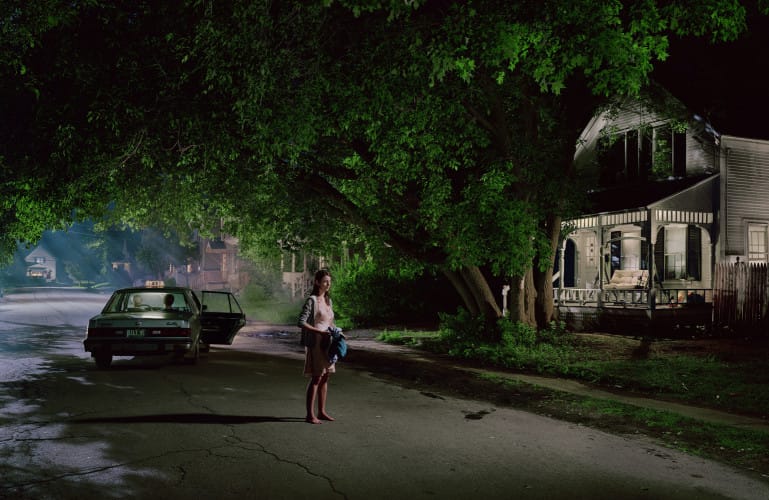
Crewdson's use of lighting and composition recalls the work of Edward Hopper. His visual language echoes the mood of filmmakers like David Lynch. But it is his restraint that makes the images powerful. They are never didactic. They offer enough to invite viewers into the story without giving everything away.
Jeff Wall: Constructed meaning and quiet observation
Jeff Wall, born in Vancouver in 1946, refers to his work as a cinematographer. His photographs blend conceptual ideas with carefully staged visuals. Wall began presenting his images early in his career as large transparencies in lightboxes. This gave them the presence and scale usually reserved for painting.
Some of his most well-known images, such as The Destroyed Room and Picture for Women, openly reference historical artworks. Others, like Dead Troops Talk, depict imagined scenes with unsettling clarity. Wall distinguishes between two modes in his practice. One he calls blatant artifice, where theatricality is made evident. The other is near documentary, where staged moments mimic the look and feel of candid photography.
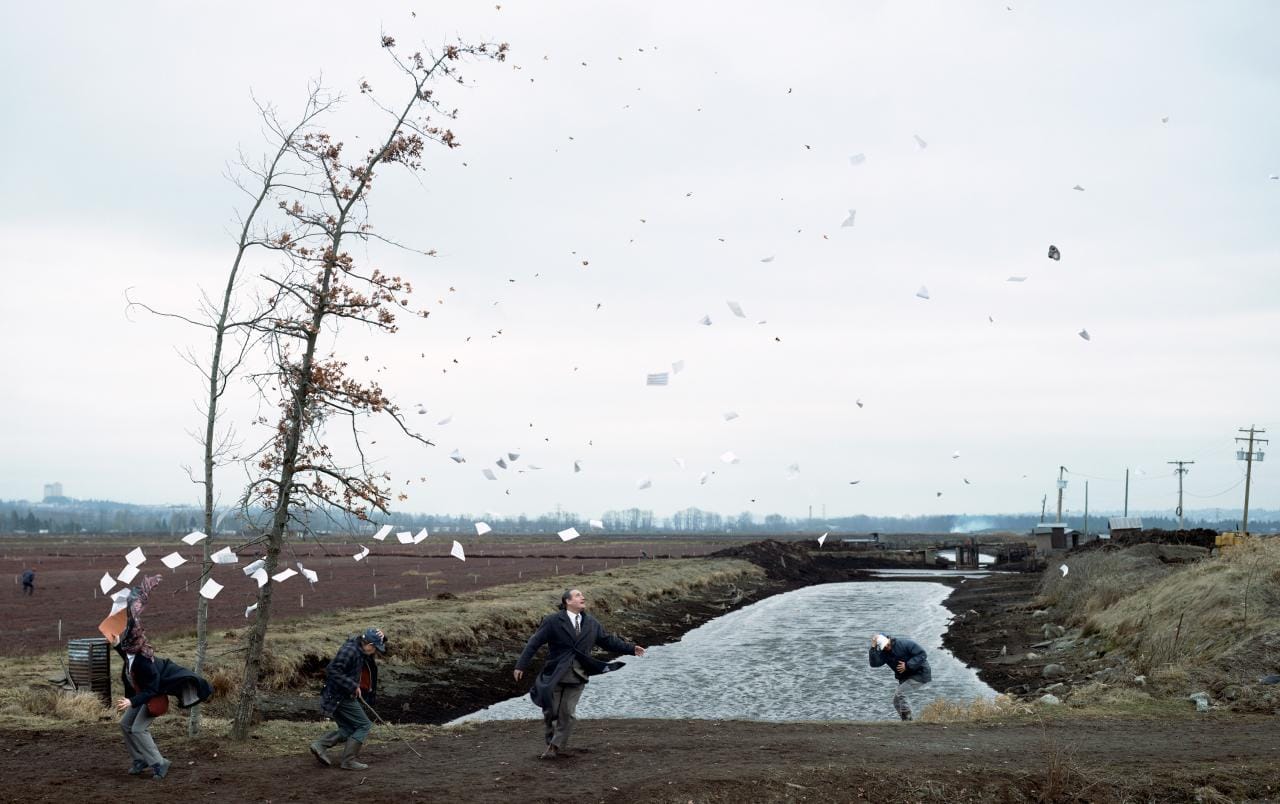
His work often explores the gap between what we see and what we know. By staging photographs that resemble real moments, Wall asks viewers to reconsider their assumptions about the truth, narrative, and the role of the photographer.
Ryan Schude: Playful scale and layered storytelling
Ryan Schude brings a different kind of energy to staged photography. Based in Los Angeles, his large-scale group portraits often feel like visual puzzles. They are filled with small interactions, surprising details and flashes of humour.
Schude approaches each image as both a storyteller and a technician. Some of his scenes are the result of months of planning, while others come together spontaneously, intuitively. His work is informed by film, painting, and the energy of everyday life.
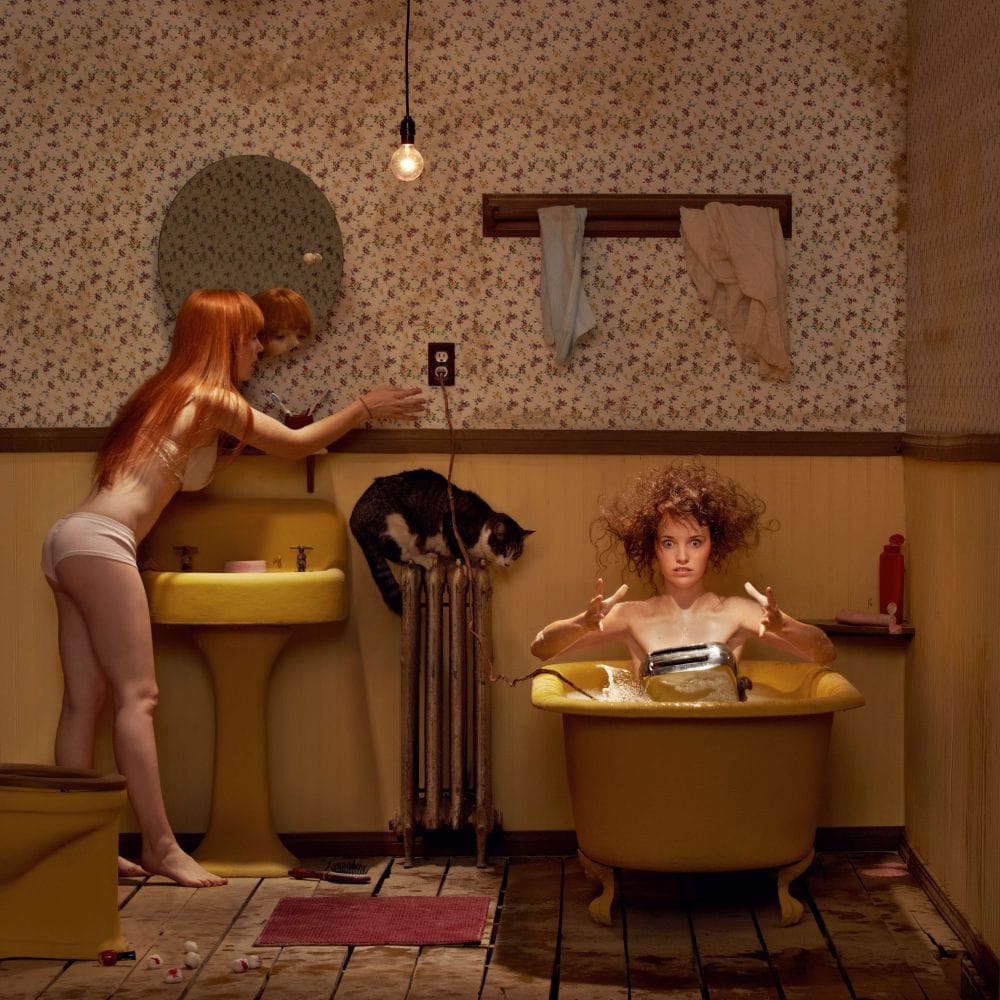
Schude describes his style as narrative, environmental, and wry. He is open to collaboration and chance. He invites the unexpected and lets the process shape the final image. His photographs reflect a joy in the medium. They show a deep curiosity about people, space, and the way stories unfold when captured in a single moment.
Why staged photography matters in creative education
For students and educators, staged photography offers a unique space to explore creativity. It encourages slow thinking. It asks students to imagine a moment, consider its visual language, and bring it into being.
The process draws on multiple disciplines, including drama, design, writing, lighting, and direction. It invites collaboration and rewards observation. Whether creating a quiet portrait or a complex scene with multiple characters, students learn how choices in composition, light and setting affect the emotional impact of an image.
It also opens the door to broader questions. What is the truth in photography? How does staging affect meaning? When does fiction become more honest than fact?
In the classroom, staged photography can be a powerful tool for learning techniques and fostering empathy, experimentation, and imagination.
Looking closely
Staged photography is not just about building a scene. It is about asking viewers to pause, notice, and question what they are seeing.
Artists like Crewdson, Wall, and Schude show us what is possible when photography slows down and turns inward. Their images are filled with tension, beauty, and ambiguity. They invite us to stay with them, to look again and again.
In a single frame, an entire world can be held. And within that world, countless stories wait to be found.

